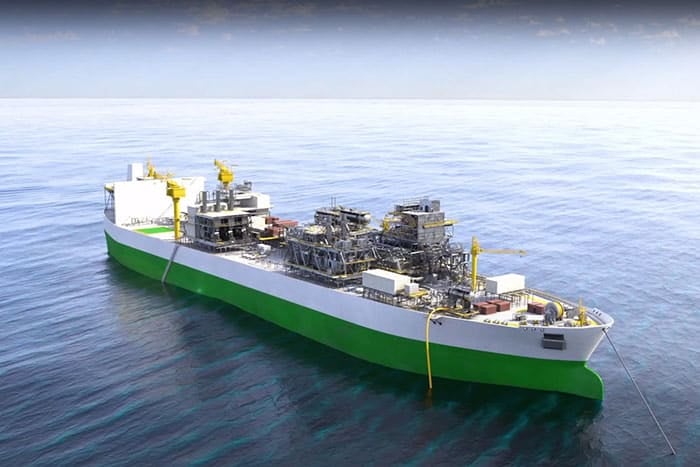Perth-based carbon geosequestration technology start-up Sea-Quester Offshore has received a $500,000 grant from the Western Australian Government to investigate emissions reduction options for Kwinana heavy industries.

Sea-Quester Offshore received the grant under the Carbon Innovation Grants Programme managed by the Department of Water and Environmental Regulation. Sea-Quester will partner with Discover Geoscience and DORIS Group on the project.
The grant supports a ‘source-to-sink’ feasibility study to evaluate the commercial viability for the safe, long-term industrial-scale disposal of CO2 emissions from Kwinana industry into the offshore South Perth Basin.
If the feasibility study demonstrates offshore sequestration to be commercially viable and scalable, the implications for Western Australia and the nation will be far-reaching including:
- Assist Western Australia to achieve net zero emissions by 2050;
- Enable heavy industries within Western Trade Coast / Kwinana Industrial Area to avoid, and possibly eliminate emissions;
- Incentivise new investment and lead to the expansion of existing operations, creating new business and employment opportunities for Western Australians;
- Provide opportunities to implement similar open access geosequestration hubs around Australia and the world.
The feasibility study will evaluate the full sequestration value-chain, from onshore emitters onshore CO2 infrastructure and storage, offshore CO2 transportation and injection, and geosequestration in the South Perth Basin.
The Carbon Innovation Grants Programme is part of the Western Australian Government’s $1.25 billion Climate Action Fund. The purpose of the fund is to build the capacity of heavy industry to transition to net zero emissions by 2050, in line with Government targets.
The Kwinana Industries Council estimates heavy industry in the area generates more than seven million tonnes of CO2 annually.
Kwinana Industries Council Director Chris Oughton said the potential of the South Perth Basin as a permanent, safe and cost-effective geosequestration solution to carbon emissions from Kwinana industrial activity is hugely significant.
“Kwinana Industries Council members are committed to net zero carbon emissions,” Mr Oughton said. “The technical merits of carbon sequestration techniques, such as those under investigation for the South Perth Basin, could be a game-changing solution to the complex and challenging issue of emissions reduction for our members.”
If proved viable, sequestration could be expanded to the greater South West Industrial Corridor (Perth-Bunbury), in which many large heavy industries involved in power generation, mining and minerals processing emit approximately 14Mt CO2 each year.
Sea-Quester Managing Director Chris Merrick said offshore geosequestration of carbon into the South Perth Basin has the potential to store emissions from the South West Industrial Corridor for decades to come.
“Preliminary work by Geoscience Australia shows the South Perth Basin is highly prospective for the sequestration of massive volumes of CO2,” Mr Merrick said. “This study will pinpoint the specific areas within the basin where it’s prime for injection.”
Mr Merrick said while heavy industry is looking at how they capture emissions, currently there is no effective pathway to permanent, safe and cost-effective disposal at scale.
“Offshore geosequestration using the Sea-Quester Carbon Harvester vessel, in combination with the PivotreeTM seafloor mooring and injection technology, is the vital piece of the equation in the CO2 abatement supply chain.”




